John Hurrell – 18 July, 2011
There's quite a range there, swinging between the cerebral (Collins, Youle, Jones) and the emotional (Blythe, Cox, Vivieaere) although contemporary brain researchers like Antonio Damasio and Joseph LeDoux seem to be now linking feeling with our ability to analyse, repudiating any dualism in our physiological, neurological processes, and making such binary distinctions redundant.
In this group show we have twenty-four works from eleven artists, a large proportion coming from Australia (David Cox, Colleen Carter, Jonathan Jones, Sally Gabori and May Moodoonuthi), the rest being Kiwis (Elliot Collins, Wayne Youle, Andrew Blythe, the late Jim Vivieaere, Cerisse Palalagi and Nicola Donald). Melville has a special interest in Aboriginal art and (like say Stuart Shepherd) self taught artists.
There’s quite a range there, swinging between the cerebral (Collins, Youle, Jones) and the emotional (Blythe, Cox, Vivieaere) although contemporary brain researchers like Antonio Damasio and Joseph LeDoux seem to be now linking feeling with our ability to analyse, repudiating any dualism in our physiological, neurological processes, and making such binary distinctions redundant.
The works that personally excite me in this show come from Blythe, Collins, Youle, Jones and Cox. Andrew Blythe’s drawings are reminiscent of the East German eighties superstar A.R Penck but much much smaller and with a pinch of Maddox chucked in. He has an appealing holistic graphic sensibility that is whimsical as well as intensely obsessive - especially when using language.
Elliot Collins’ polyurethane covered pairs of book covers make you speculate on his possible vandalism (in the name of ‘art’) and why (formal or authorial titling reasons?) he can chosen the sets. They prod the mind to ponder over varnished colour, beauty, proportion and shape - as well as word choices (artist’s and authors’) and literary history.
Wayne Youle’s image of a skull wearing comically circular specs with a big plastic nose is a throwaway gag that lingers. Is the artist mocking death or praising it as the equaliser? Is the skull smirking at vanity and the temporal nature of life’s seeking of pleasure, or is the image a serious condemnation of humour itself, admonishing flippancy?
Jonathan Jones’ drawings on paper of sections of van Doesburg-like tilted grids are elegant and minimal, and nicely unpredictably lopsided. Based on lines found in the facets of salt crystals made in India and connected in his mind with Ghandi’s 1930 Salt March and the salination of the Murray River agricultural region - Jone’s own ancestral Aboriginal country. They have an austere beauty that is uncompromisingly particular - not too complicated or too much and yet not short on tension.
David Cox’s contribution mixes earth in with paint pigment to allow the chance texture to be an expressive component and spiritual symbol encased within linear rows of dots that frame inside the edges. In New Zealand this sort of surface treatment is found in paintings by Rudolf Gopas and early Peter Robinson, the later like Cox, focussed on material substance as symbol.
This show is a bit rambly; it could have been better shaped with more focus - after all what art is not ‘Colour and Line’? It’s sort of sprawling. You dip into it and explore, delving (as I have) according to what catches your eye, and ignoring the rest.
John Hurrell
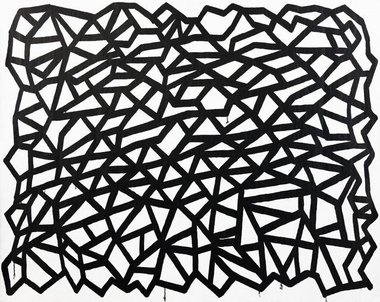
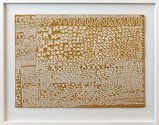
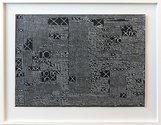
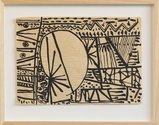
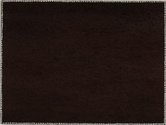
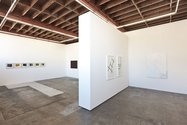

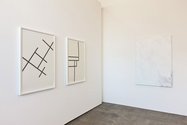
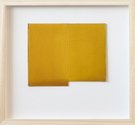
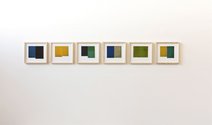
 Advertising in this column
Advertising in this column Two Rooms presents a program of residencies and projects
Two Rooms presents a program of residencies and projects



This Discussion has 0 comments.
Comment
Participate
Register to Participate.
Sign in
Sign in to an existing account.